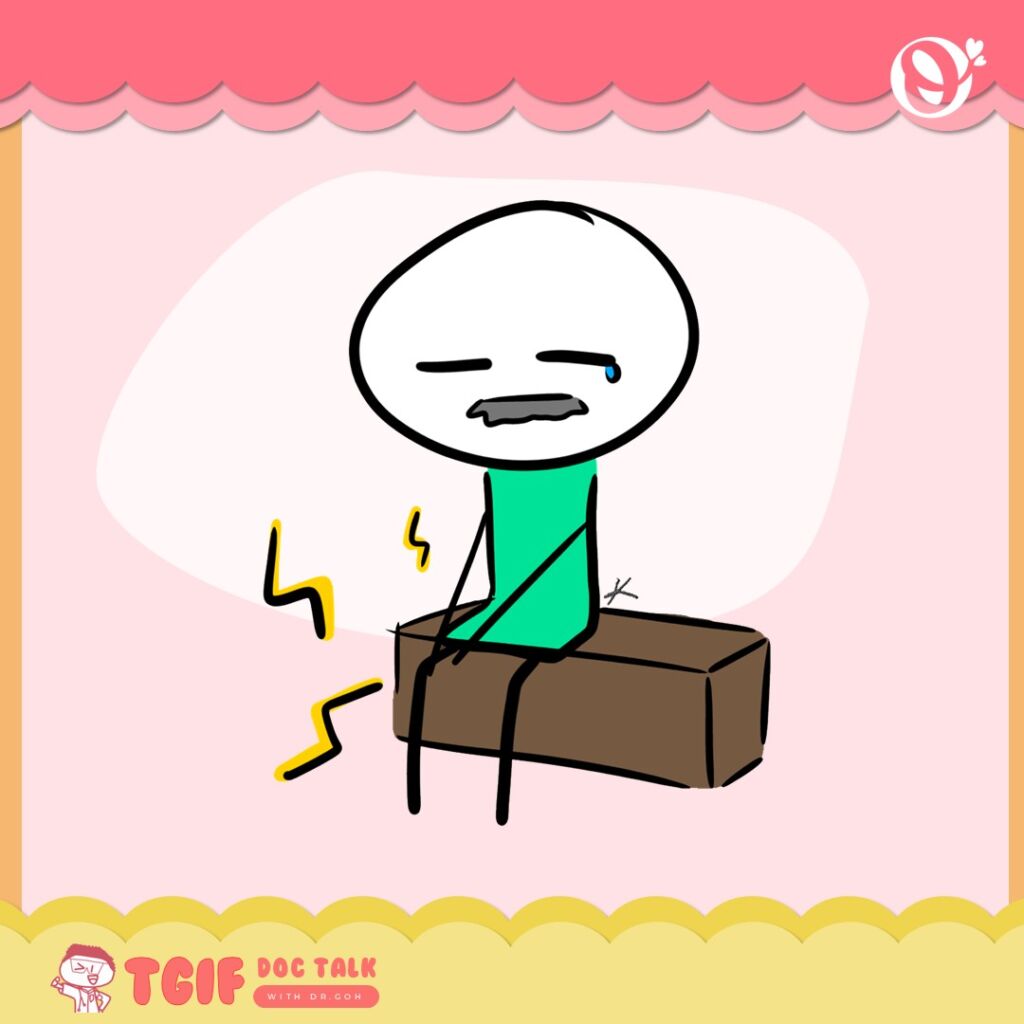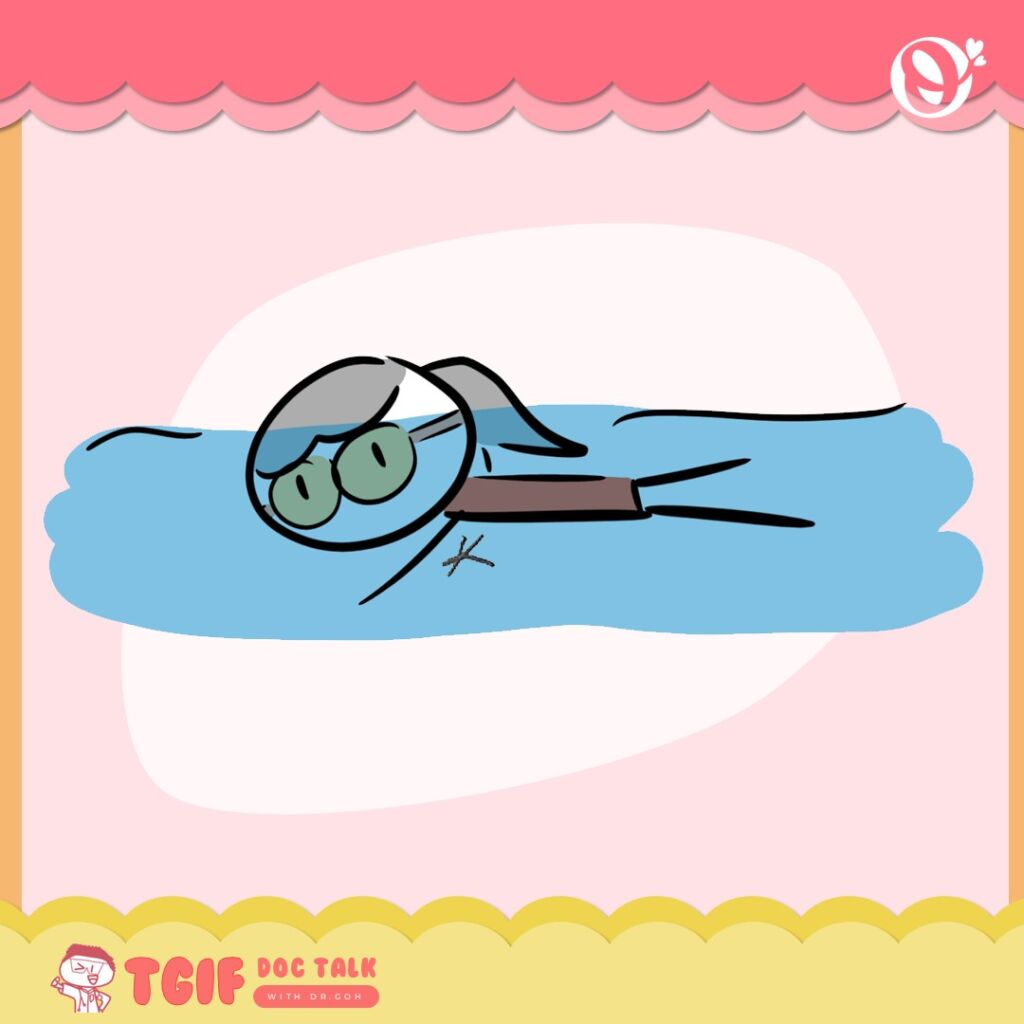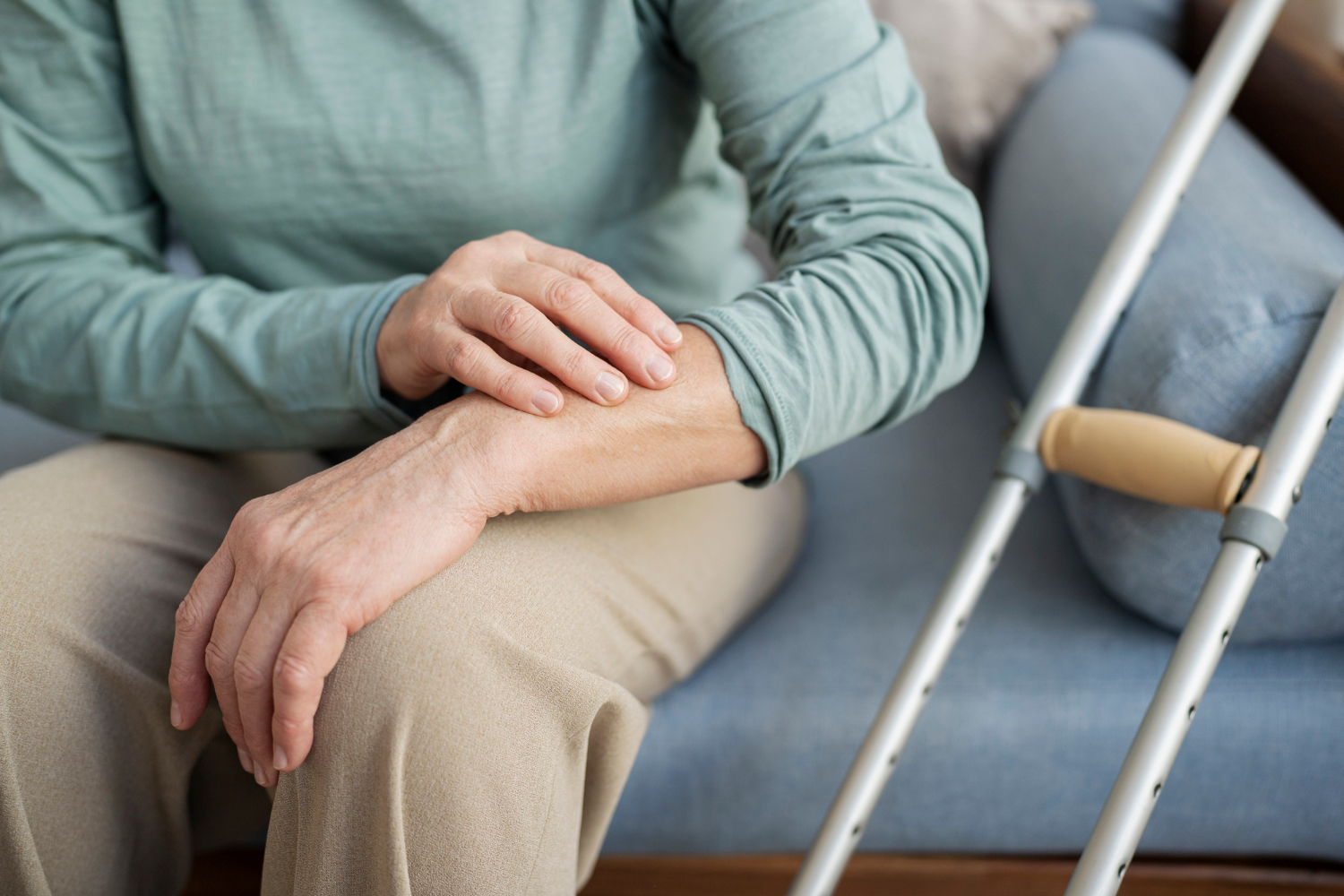Joint pain is one of the most common health problems among older adults, often resulting from age-related wear and tear or chronic inflammatory conditions. Whether it’s the stiffness in your knees each morning or a dull ache in your hips after a long walk, joint pain can severely limit mobility, independence, and overall quality of life.
In this article, we explore the most common causes of joint pain in the elderly, effective prevention strategies, and available treatment options — so that seniors and their caregivers can make informed decisions for better long-term health.
Common Causes of Joint Pain in Seniors
Joint pain in older adults may stem from several underlying conditions. Identifying the root cause is the first step in proper management.
1. Osteoarthritis (OA)
Osteoarthritis is the most prevalent form of arthritis in older adults. It results from the gradual breakdown of cartilage — the cushioning material between joints.
Commonly affected joints:
- Knees
- Hips
- Elbows
- Spine
Symptoms include:
- Stiffness
- Persistent pain with movement
- Swelling and reduced flexibility
Osteoarthritis typically develops slowly and worsens over time, often linked to years of joint use and minor injuries that accumulate.
2. Rheumatoid Arthritis (RA)
Unlike Osteoarthritis, Rheumatoid Arthritis is an autoimmune condition in which the immune system mistakenly attacks the synovium (joint lining), causing inflammation and joint damage.
Key features:
- Symmetrical pain (both hands, wrists, or knees affected at once)
- Fatigue and general malaise
- Joint deformity in advanced stages
Although Rheumatoid Arthritis can begin at any age, it can become more severe with age and significantly impact daily function if not managed early.
3. Gout
Gout is another painful condition often overlooked in senior care. It results from the accumulation of uric acid crystals in the joints.
Symptoms include:
- Sudden, intense joint pain (especially the big toe)
- Redness, warmth, and swelling
- Episodes that come on suddenly, often at night
Uncontrolled gout can lead to chronic joint damage and frequent flare-ups.

Prevention: How Seniors Can Reduce Joint Pain Risk
While ageing is inevitable, the progression and severity of joint-related health problems can often be mitigated. Here are proven ways to prevent or minimise joint pain in seniors.
1. Stay Active with Low-Impact Exercises
Exercise remains one of the best ways to maintain joint health.
- Walking, swimming, and cycling help keep joints flexible and muscles strong without placing too much stress on them.
- Stretching routines, yoga, and pilates improve range of motion and reduce stiffness.
- Strength training supports surrounding muscles, which helps take pressure off the joints and improves balance.
Regular activity also supports cognitive function, boosts mood, and reduces depressive symptoms, contributing to overall well-being.
2. Maintain a Healthy Weight
Excess weight places additional pressure on joints, especially the knees, hips, and lower back.
- A balanced diet rich in anti-inflammatory foods (like omega-3 fatty acids, fruits, and vegetables) can reduce inflammation.
- Weight control also lowers the risk of developing other health problems such as diabetes and cardiovascular issues.
3. Use Joint-Friendly Tools
Simple tools and modifications can prevent joint strain and injuries:
- Walking aids like canes or walkers
- Grab bars in bathrooms
- Supportive footwear
- Joint braces for added stability
These tools not only support mobility but also help prevent falls — a major concern among elderly individuals with limited balance or coordination.

Treatment Options for Arthritis in Seniors
Once joint pain develops, a combination of therapies and lifestyle changes can help manage the condition effectively.
1. Cold Therapy
Applying cold packs help relieve inflammation and numb sharp pain, especially after physical activity or during flare-ups.
2. Physiotherapy
A trained physiotherapist can create personalised exercise programmes that:
- Improve joint stability
- Reduce stiffness
- Increase flexibility
- Prevent further deterioration
This is especially beneficial for seniors with limited mobility or recovering from joint-related injuries.
3. Medical Interventions Based on Severity
For mild Osteoarthritis:
- Over-the-counter pain relievers, such as NSAIDS
- Supplements such as glocosamine
For moderate symptoms:
- Intra-articular injections
For severe arthritis:
- Joint replacement surgery may be recommended, particularly for hips and knees
Caregivers and family members should also encourage seniors to join a support group or attend senior daycare centres with structured physical activities. These settings help maintain social interaction and encourage consistent movement, which can slow the deterioration of joint function.

Expert Advice from Dr. Goh
Want to gain deeper insights into arthritis in seniors? Listen to Dr. Goh’s expert overview in this exclusive clip.
Final Thoughts
Joint pain does not have to be a permanent part of ageing. By understanding the causes, adopting healthy lifestyle habits, and exploring effective treatment options, seniors can lead more active and pain-free lives.
If you or a loved one are experiencing joint discomfort or mobility challenges, reach out to your healthcare provider for a comprehensive evaluation. For additional support, consider exploring senior concierge services and daycare programmes that focus on promoting physical and emotional well-being.
Important Note
This article is for informational purposes only and does not constitute medical advice, diagnosis, or treatment. Joint pain and arthritis can vary greatly in severity and cause, and what works for one person may not be suitable for another. Always consult a qualified healthcare provider before starting any new exercise regimen, supplement, or treatment for joint-related issues. Early intervention can make a significant difference, so do not ignore persistent pain or stiffness.




